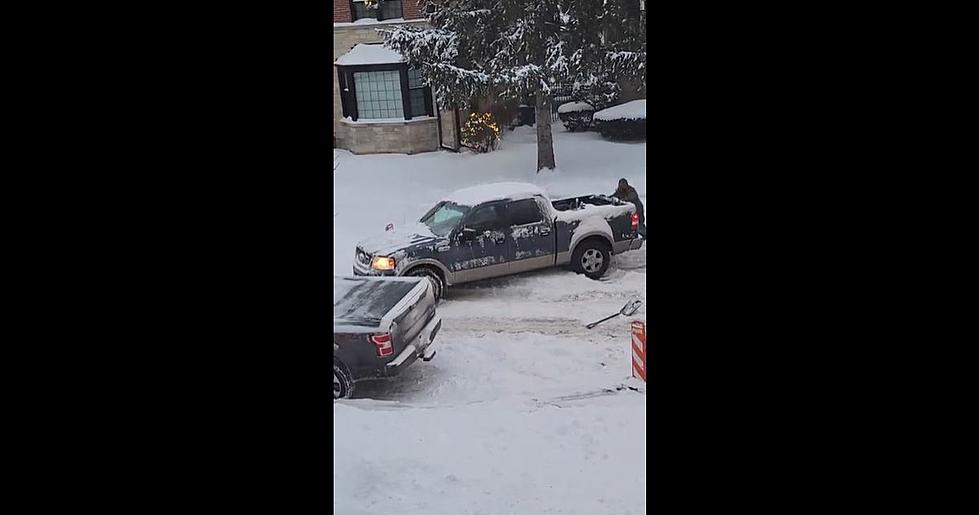
Experts warn against Fake Snow Predictions for Illinois
We all know there is a reported winter storm heading to the Midwest sometime between January 9th - 11th, and the experts are warning you to source your information about how bad this storm could be, here are the details...

The experts at the Midwest Severe Weather Research Team have taken to their social media to warn people against "fake" snow total reports. There is a winter storm that will impact the Midwest in the middle of next week (Tuesday-Thursday) aka January 9th through the 11th, and they are worried about fake reports causing people to overreact. On their social media page, they say...
"Lots of places and people are sharing snowfall estimates for next week and well beyond. These estimates are usually huge amounts - sometimes in excess of 10" - and are always more than a week out. Actual meteorologists really hesitate to share these predictions seriously. Snowfall amounts are notoriously hard to predict more than a few days out, much less closer to two weeks...Please be aware when you see snowfall predictions for a week or more away that these amounts are NOT good indicators of actual potential snowfall."
To learn more from the Midwest Severe Weather Research Team, click here!
Trust your gut
We are midwesterners...we are always prepared for whatever Mother Nature throws at us. I would say this fake news warning is important, we would all agree we would rather be over-prepared than underprepared when it comes to severe weather, but it is important to trust the information you are looking at before you share or make financial decisions (aka going out and buying up all the toilet paper from the grocery store).
Personally, I trust my iPhone weather app, trusted social media pages like Midwest Severe Weather Research Team, and weather.com.
LOOK: The most expensive weather and climate disasters in recent decades
Gallery Credit: KATELYN LEBOFF
More From KICK FM, #1 For New Country









